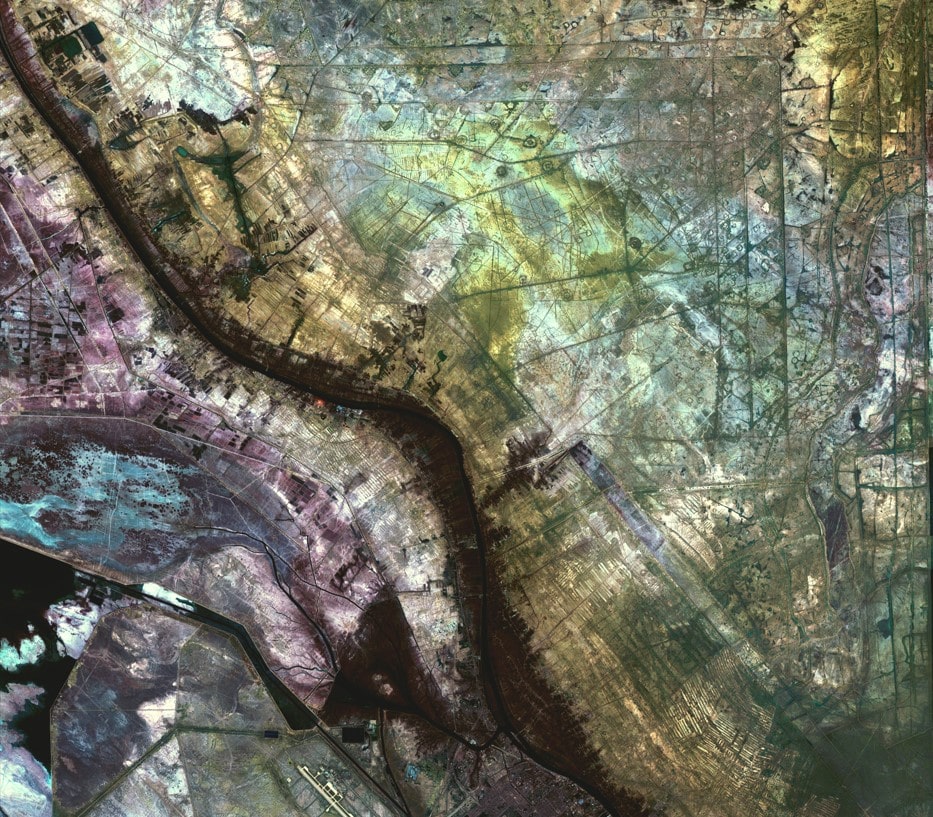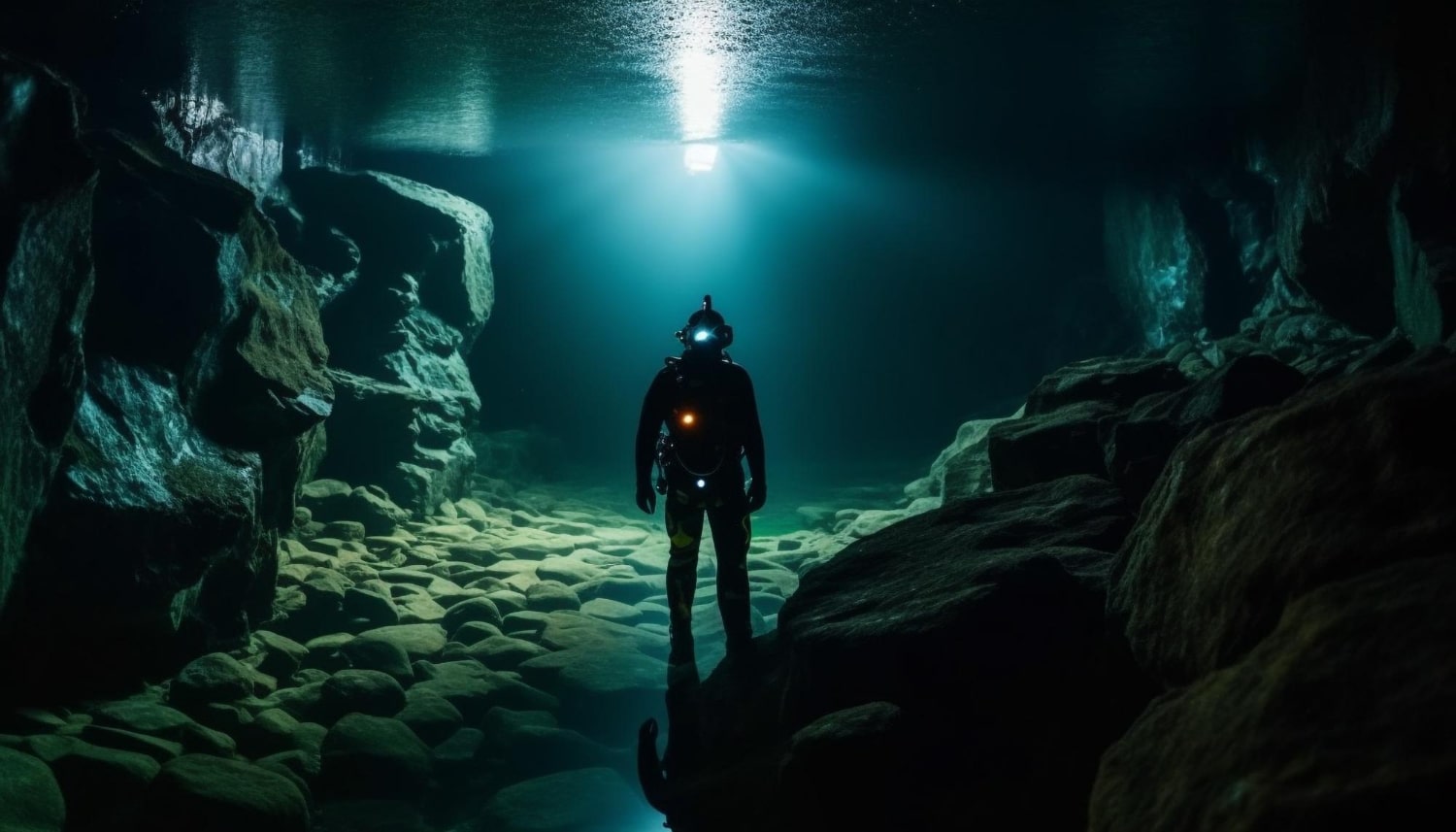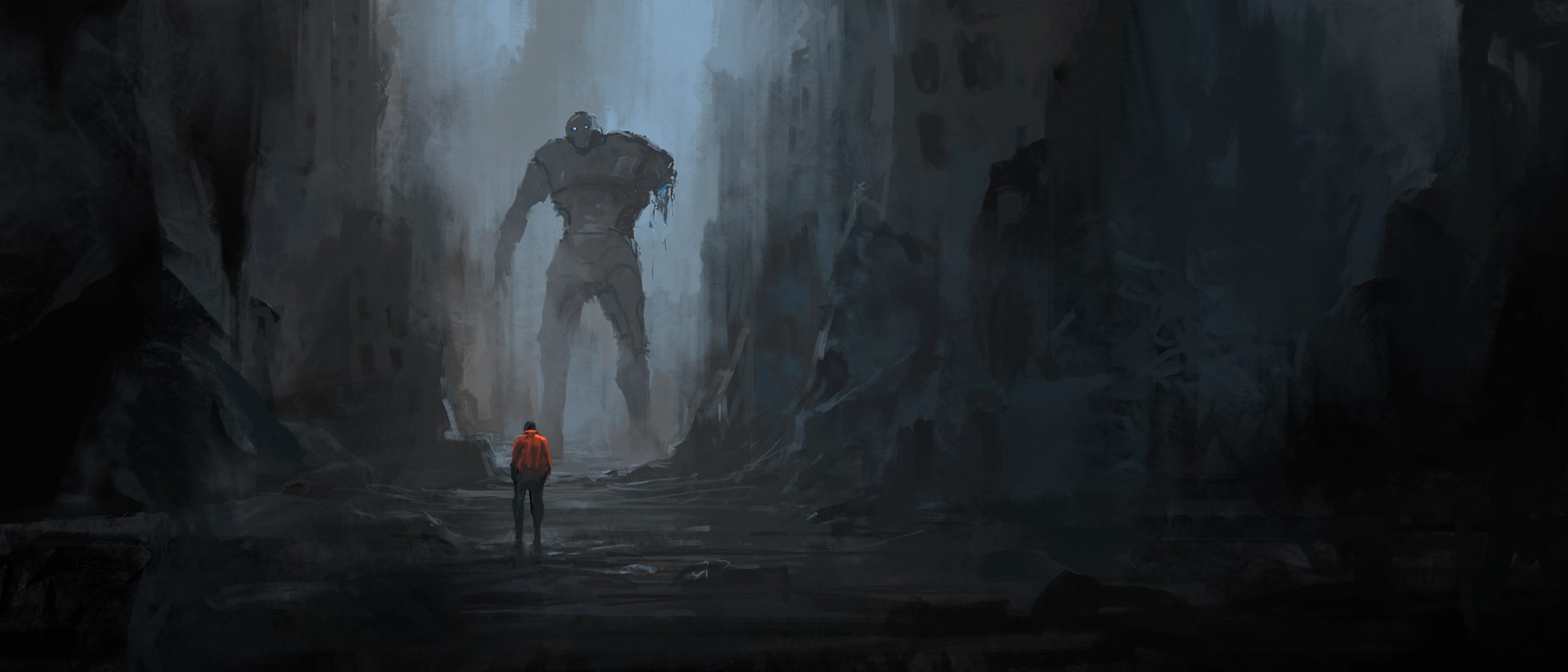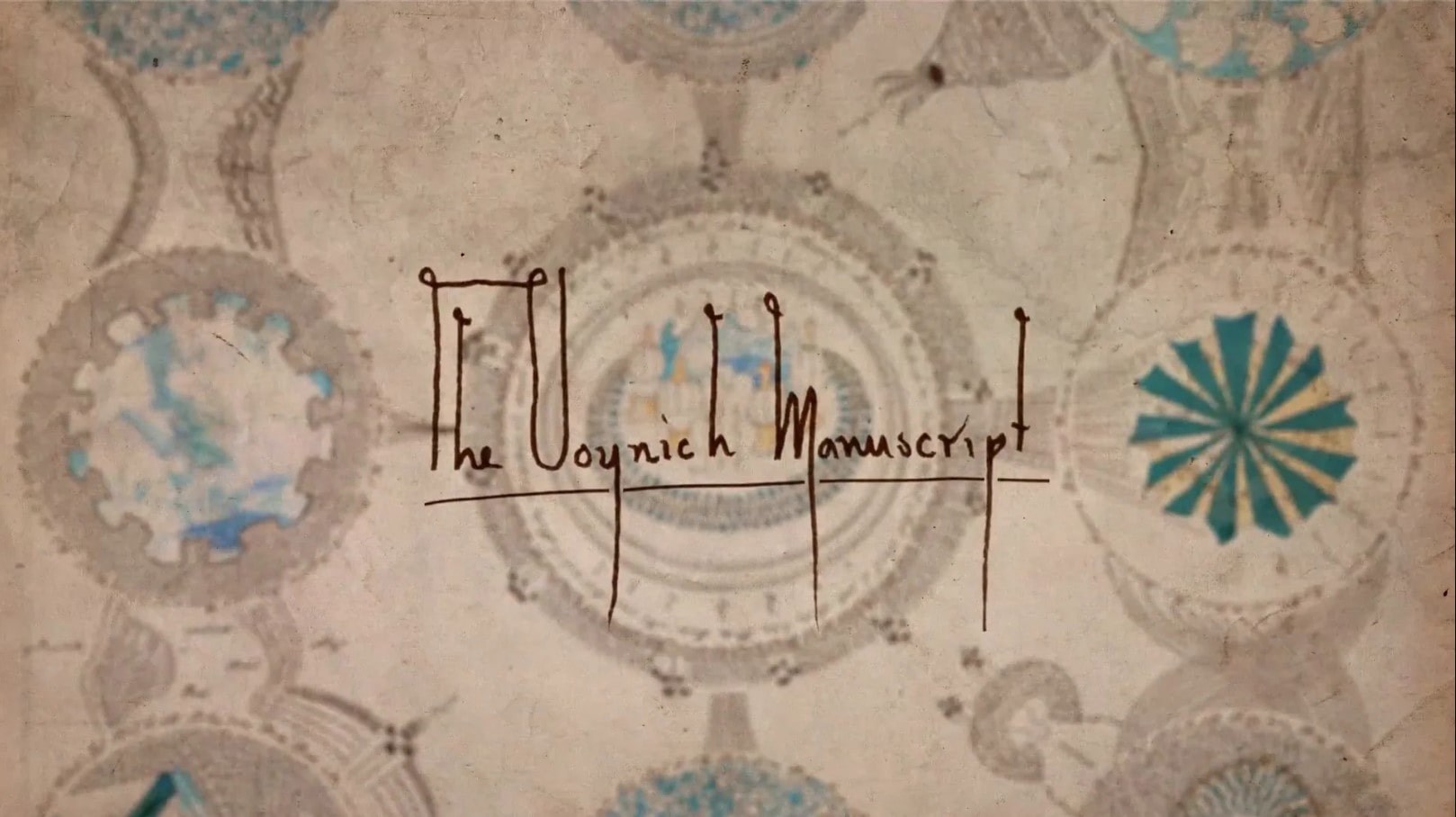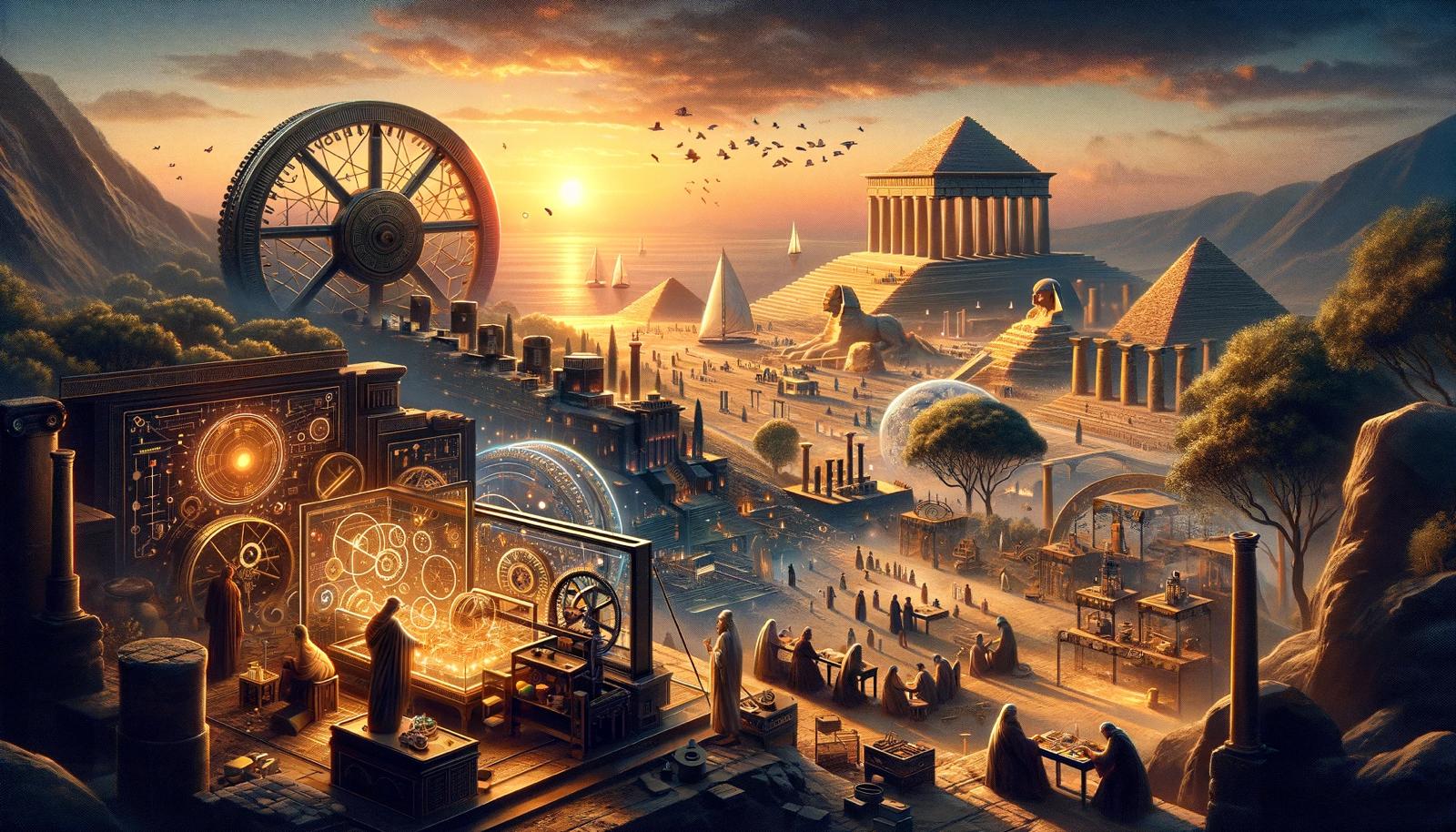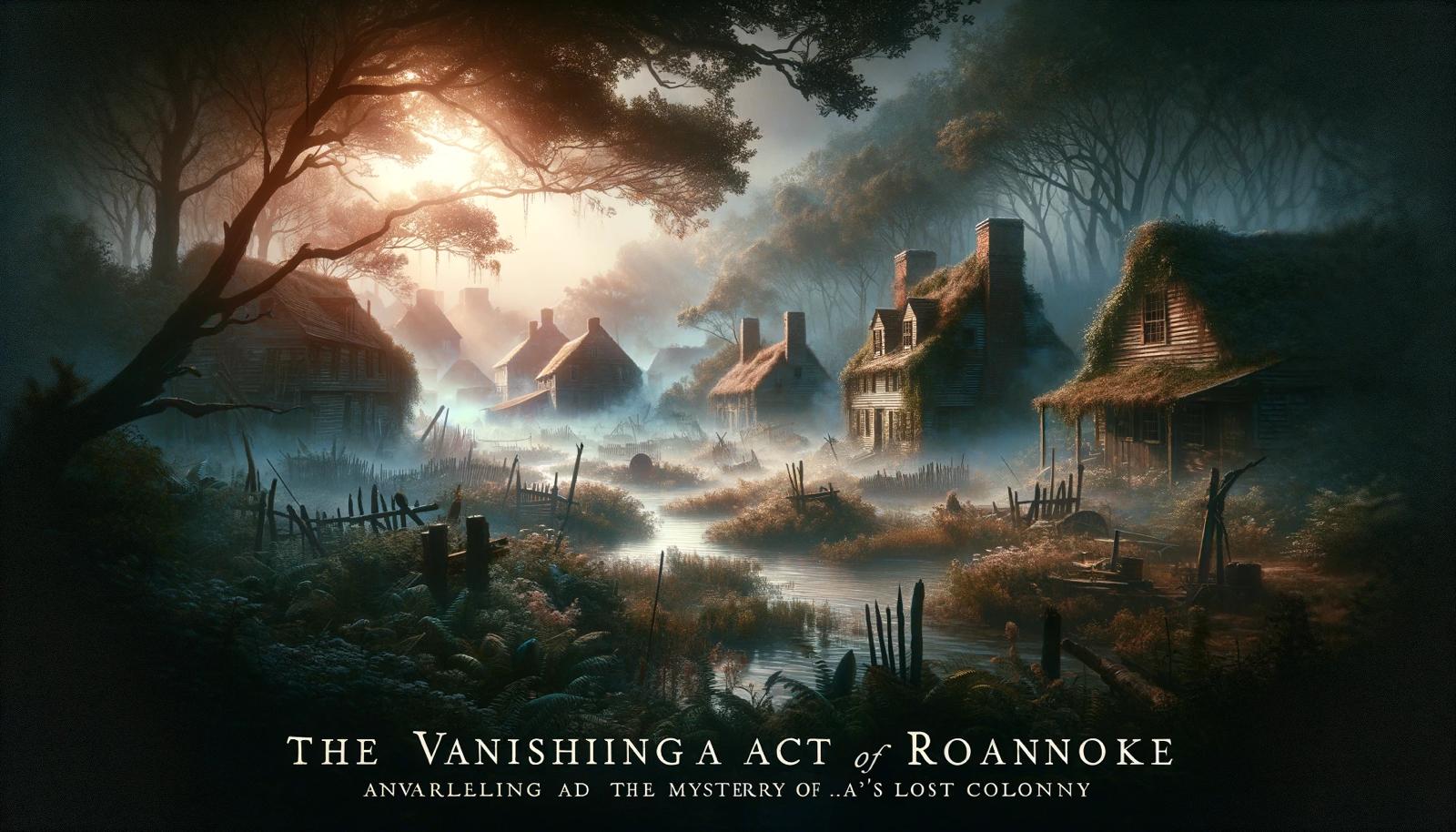
The Enigmatic Indus Valley Civilization: Unveiling the Secrets
Unearthing the mysteries of ancient civilizations has long fascinated historians and archaeologists alike. Among these enigmatic cultures stands the Indus Valley Civilization, an ancient society that flourished in the fertile plains of the Indian subcontinent over four millennia ago. Often overshadowed by its more renowned counterparts like ancient Egypt and Mesopotamia, the Indus Valley Civilization holds a wealth of secrets waiting to be unveiled. In this exploration, we embark on a journey to unravel the mysteries of this intriguing civilization, delving into its sophisticated urban planning, enigmatic script, and elusive cultural practices. Join us as we navigate through the corridors of time to shed light on the remarkable legacy of the Indus Valley Civilization and the enduring puzzles it presents to modern scholars.
The Rise of an Urban Society
Around 3300 BCE, the Indus Valley Civilization emerged as one of the world’s earliest urban societies, marking a significant milestone in human history. Situated in the fertile plains of the Indian subcontinent, this ancient civilization thrived along the banks of the Indus River and its tributaries, encompassing a vast territory that extended across what is now modern-day Pakistan and northwest India.
At the heart of the Indus Valley Civilization were its meticulously planned urban centers, characterized by impressive infrastructure, advanced architectural techniques, and sophisticated urban planning. Among these centers, Mohenjo-Daro and Harappa stand out as prime examples of the civilization’s architectural achievements.
Mohenjo-Daro, meaning “Mound of the Dead” in Sindhi, was a bustling metropolis believed to have been home to around 40,000 inhabitants at its peak. The city’s layout featured a grid-like street pattern, with well-organized residential and commercial districts. Its impressive buildings, constructed from fired brick and featuring intricate drainage systems, attest to the civilization’s advanced engineering capabilities.
Deciphering the Indus Script
Yet, the allure of the Indus Valley Civilization lies not only in its architectural prowess but also in the enigmatic symbols etched into its artifacts. The civilization’s script, known as the Indus script, remains undeciphered, posing a vexing challenge to scholars seeking to unravel its linguistic mysteries. Despite numerous attempts, the script’s meaning eludes modern understanding, concealing the secrets of a once-flourishing culture.
Economic Prosperity and Trade Networks
The society’s economic prosperity was evident in its trade networks, extending as far as Mesopotamia, where artifacts bearing the mark of the Indus Valley Civilization have been discovered. This expansive trade facilitated cultural exchange and prosperity, contributing to the civilization’s vibrancy.
The Mystery of Decline
However, the enigma deepens as the decline of this ancient civilization continues to evade a definitive explanation. Theories abound, ranging from environmental factors such as climate change and shifts in river patterns to socio-political upheavals and invasions by nomadic tribes. Nevertheless, the absence of concrete evidence leaves the demise of the Indus Valley Civilization steeped in conjecture.
The legacy of this ancient society transcends the sands of time, influencing subsequent cultures and leaving an indelible mark on the tapestry of human history. Its enigmatic script, advanced urban planning, and sophisticated craftsmanship continue to captivate scholars and enthusiasts, beckoning them to unearth the mysteries hidden within the remnants of this ancient enclave.
Continued Exploration and Unraveling Mysteries
As archaeological excavations persist in revealing new insights into the lives and customs of the Indus Valley people, the allure of their civilization remains undiminished. The enigmatic symbols and remnants of urban splendor serve as a testament to the resilience and complexity of a civilization that thrived millennia ago, leaving behind a legacy that continues to intrigue and inspire exploration into our shared human heritage.



